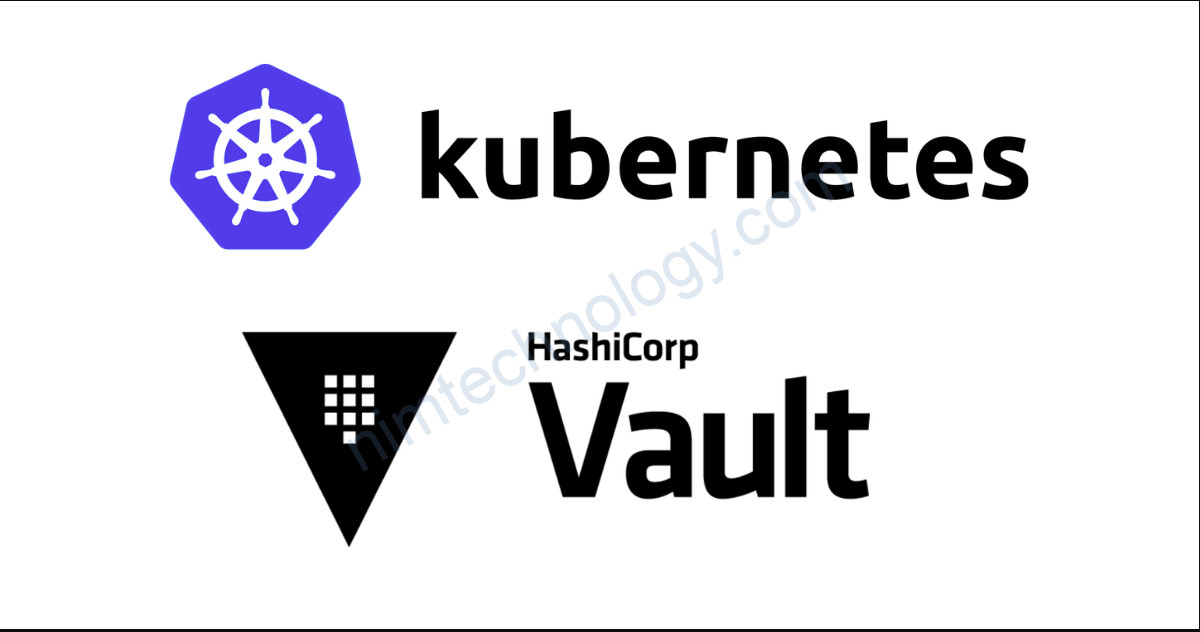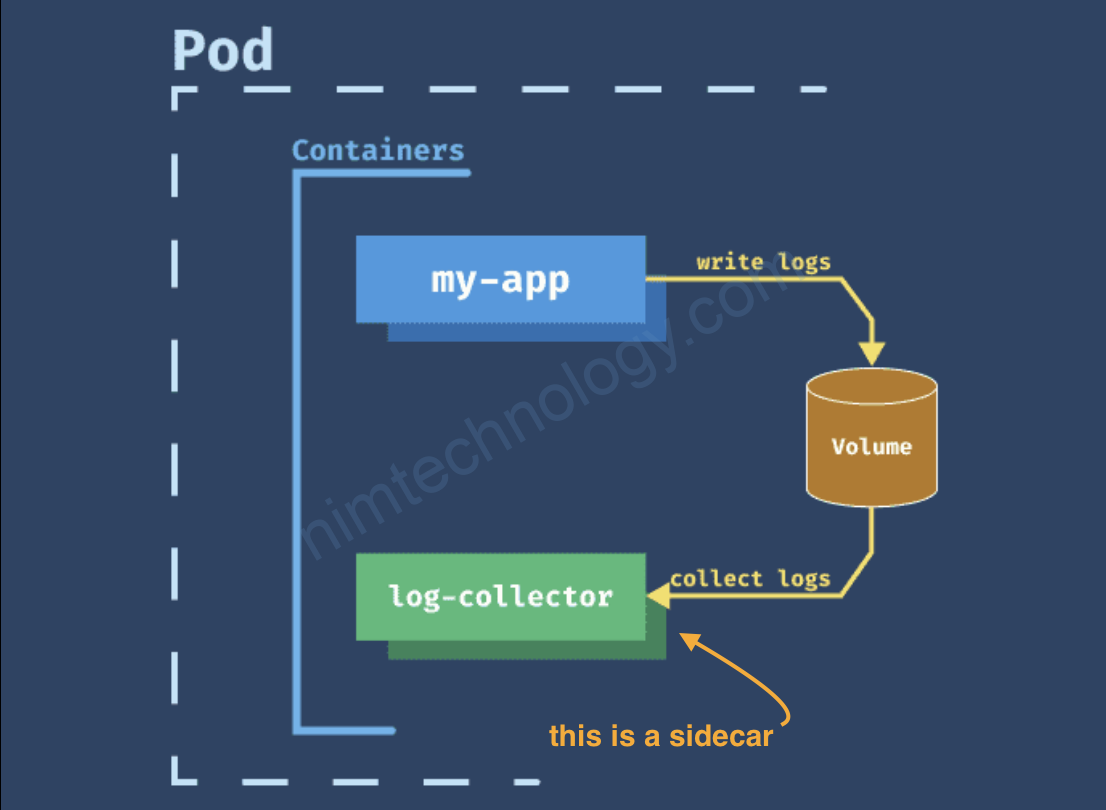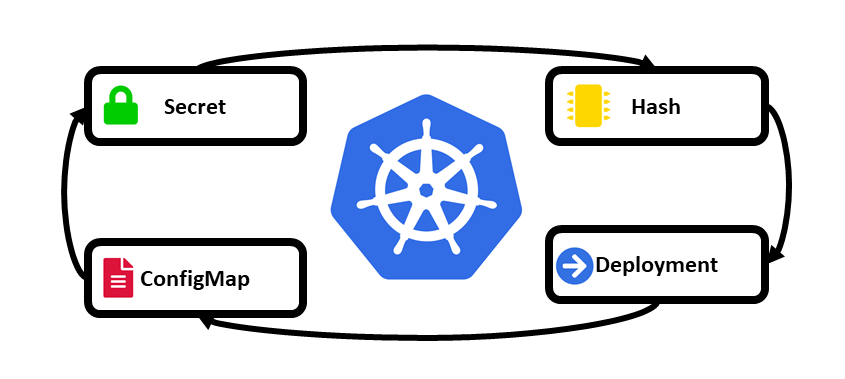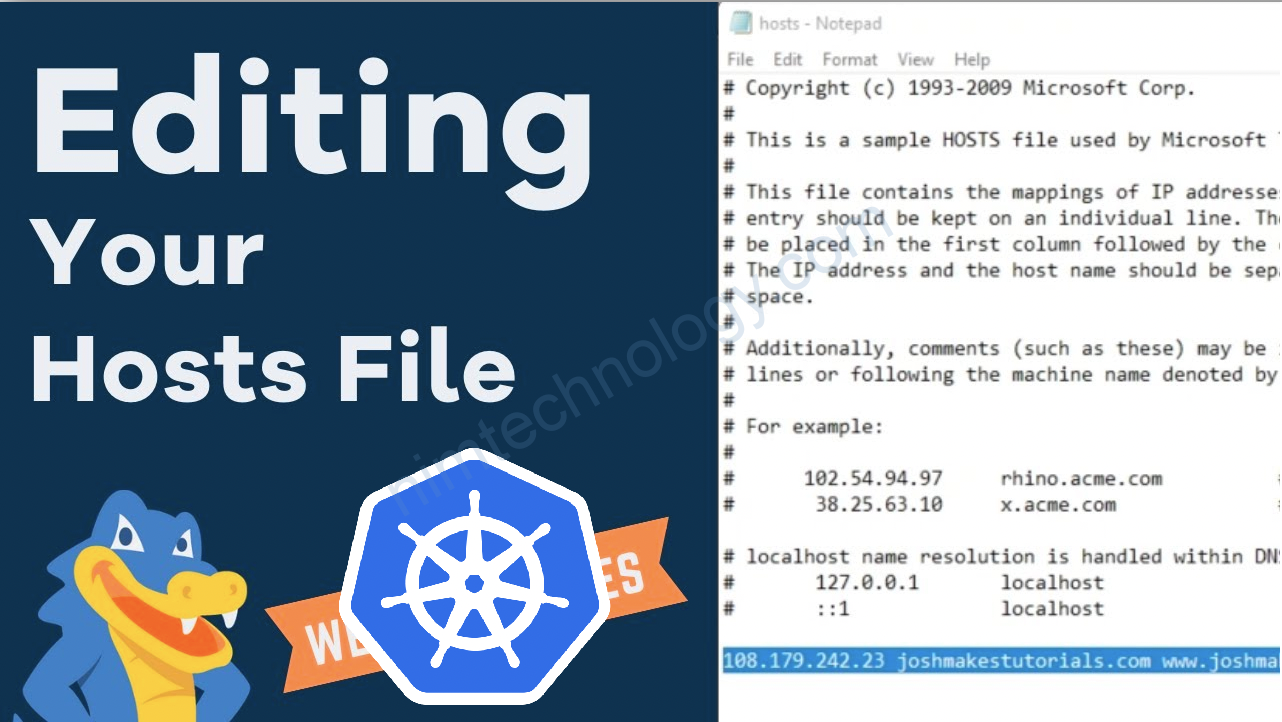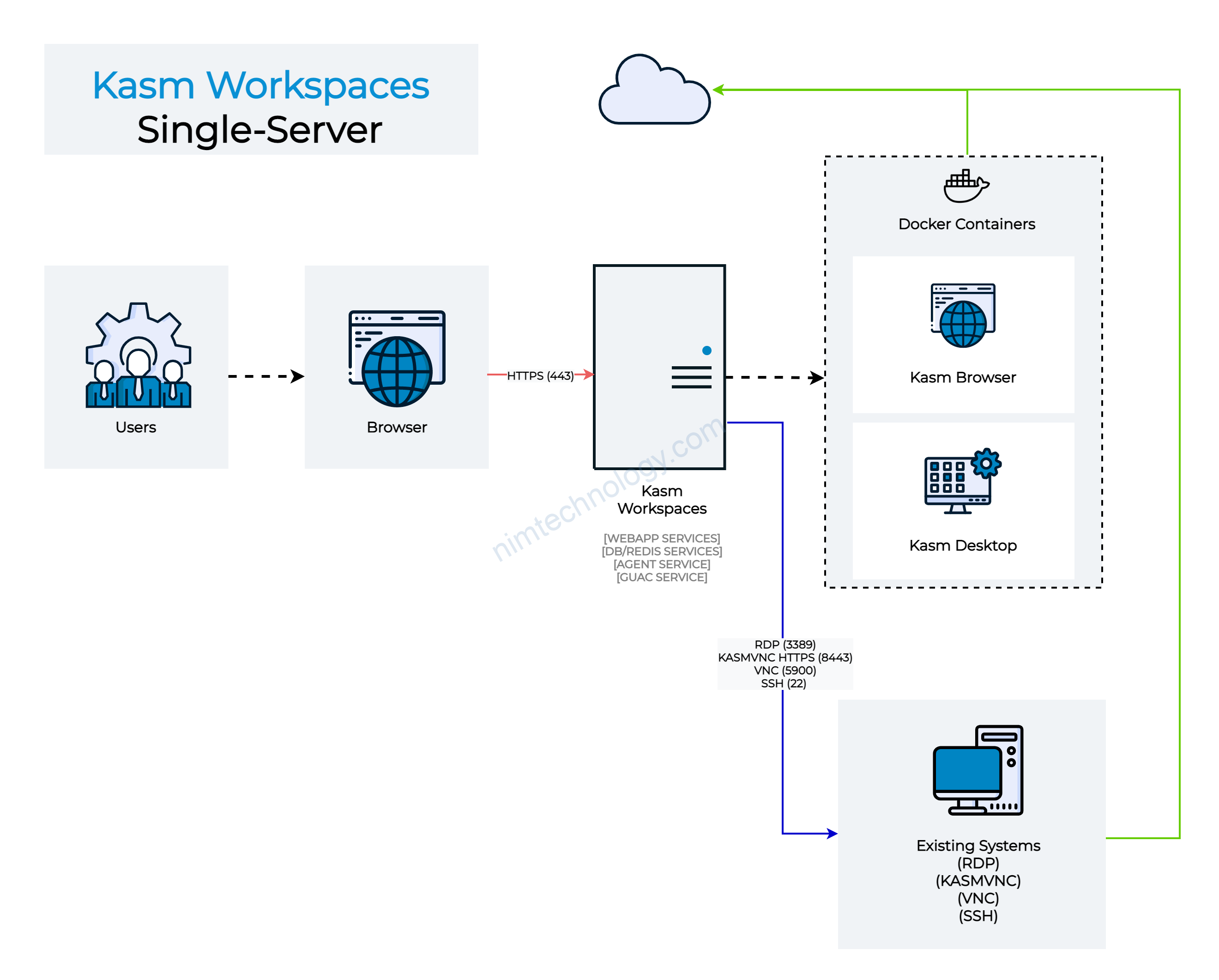Install vault client or vault CLI.
Ngoài việc sử dụng UI để tưởng tác với vault thì chúng ta có thể sử dụng command hay còn gọi là cli.
https://www.vaultproject.io/downloads
curl -fsSL https://apt.releases.hashicorp.com/gpg | sudo apt-key add - sudo apt-add-repository "deb [arch=amd64] https://apt.releases.hashicorp.com $(lsb_release -cs) main" sudo apt-get update && sudo apt-get install vault
#login vault vault login -address=<address_vault> ex: vault login -address=http://vault.nimtechnology.com/
lúc này bạn chỉ cần change ENV sang host vault của bạn là ok.
#config server vault export VAULT_ADDR='http://vault.nimtechnology.com'
file: vault-auth-service-account.yml
apiVersion: rbac.authorization.k8s.io/v1beta1 kind: ClusterRoleBinding metadata: name: role-tokenreview-binding namespace: default roleRef: apiGroup: rbac.authorization.k8s.io kind: ClusterRole name: system:auth-delegator subjects: - kind: ServiceAccount name: vault-auth namespace: default
Để hiểu được về ClusterRole system:auth-delegator và tại sao vault lại cần cluster role này!
Bạn có thể thao khao link bên dưới.
https://www.vaultproject.io/docs/auth/kubernetes#use-local-service-account-token-as-the-reviewer-jwt
Giờ ta tạo service account và ClusterRoleBinding
# Create a service account, 'vault-auth'
$ kubectl -n default create serviceaccount vault-auth
# Update the 'vault-auth' service account
$ kubectl -n default apply --filename vault-auth-service-account.ymlTạo read-only policy trên vault
Policy này có quyền read và list các secret thuộc path secret/nimtechnology/*
nimtechnology-kv-ro.hcl
# For K/V v1 secrets engine
path "secret/nimtechnology/*" {
capabilities = ["read", "list"]
}
# For K/V v2 secrets engine
path "secret/data/nimtechnology/*" {
capabilities = ["read", "list"]
}
$ vault policy write nimtechnology-kv-ro nimtechnology-kv-ro.hcl

Cấu hình environment variables yêu cầu cho Vault configuration.
# Set VAULT_SA_NAME to the service account you created earlier
$ export VAULT_SA_NAME=$(kubectl -n default get sa vault-auth -o jsonpath="{.secrets[*]['name']}")
# Set SA_JWT_TOKEN value to the service account JWT used to access the TokenReview API
$ export SA_JWT_TOKEN=$(kubectl -n default get secret $VAULT_SA_NAME -o jsonpath="{.data.token}" | base64 --decode; echo)
# Set SA_CA_CRT to the PEM encoded CA cert used to talk to Kubernetes API
$ export SA_CA_CRT=$(kubectl -n default get secret $VAULT_SA_NAME -o jsonpath="{.data['ca\.crt']}" | base64 --decode; echo)
# Look in your cloud provider console for this value
$ export K8S_HOST=<https://your_API_server_endpoint>
==>export K8S_HOST=https://192.168.101.40:6443
Ở mục này là bạn khai báo 1 số thông tin để vault access vào kubernetes.
vault auth enable kubernetes
vault write auth/kubernetes/config \
token_reviewer_jwt="$SA_JWT_TOKEN" \
kubernetes_host="$K8S_HOST" \
kubernetes_ca_cert="$SA_CA_CRT"

Phần tiếp theo là bạn map Policy trên vault với service account ở trên kubernetes
vault write auth/kubernetes/role/nimtechnology \
bound_service_account_names=default \
bound_service_account_namespaces='*' \
policies=nimtechnology-kv-ro \
ttl=1440h
Giờ chúng ta kiểm tra lại các config:
kubectl apply -f https://raw.githubusercontent.com/armory/troubleshooting-toolbox/master/docker-debugging-tools/deployment.yml
#we execute this pod
POD_NAME=$(kubectl get pod -l app=debugging-tools -o go-template --template '{{range .items}}{{.metadata.name}}{{"\n"}}{{end}}' --sort-by=".status.startTime" | tail -n 1)
kubectl exec -it $POD_NAME bash
Sau khi execute pod đó thì chúng run tiếp các command sau:
export VAULT_ADDR='http://vault.nimtechnology.com/' SA_TOKEN=$(cat /var/run/secrets/kubernetes.io/serviceaccount/token) vault write auth/kubernetes/login role=nimtechnology jwt=$SA_TOKEN

=> Nếu thành công thì vault sẽ trả về cho bạn 1 Token của vault
vault login hvs.xxxxxxxxxxxxxxxxxxxxxxxxxxx >>>>>>>..out put

Nim thử get secret sem sao:
bash-5.0# vault kv get secret/nimtechnology/test ======= Metadata ======= Key Value --- ----- created_time 2022-06-28T09:45:14.649162267Z custom_metadata <nil> deletion_time n/a destroyed false version 1 ========== Data ========== Key Value --- ----- key_nimtechnology value_nimtechnology
ngon lành rồi ha
https://docs.armory.io/armory-enterprise/armory-admin/secrets/vault-k8s-configuration/
How do our application read the token of Service Account and login the vault?
Đầu tiên bạn cần phải tạo Service Accountvà add
kubectl apply -f - <<EOF apiVersion: v1 kind: ServiceAccount metadata: name: build-robot EOF
Config Service Account vào workload trên K8s.
apiVersion: v1
kind: Pod
metadata:
name: nginx
spec:
containers:
- image: nginx
name: nginx
serviceAccountName: build-robot #this line
Bước tiếp theo là mình get content token.
Cách 1: cat /var/run/secrets/kubernetes.io/serviceaccount/token
Cách này có 1 hạn chế là không lúc nào code của bạn cũng có đọc được các đường link system
Cách 2: serviceAccountToken projected volumes
Về mount volume trong k8s chúng ta sẽ có 4 kiểu:
Bạn có thể tham khảo docs này:
https://www.alibabacloud.com/help/en/container-service-for-kubernetes/latest/enable-service-account-token-volume-projection
>>>>>create service account
kubectl apply -f - <<EOF
apiVersion: v1
kind: ServiceAccount
metadata:
name: build-robot
EOF
>>>>>>>>> edit your workload and config mount token inside your area code!
apiVersion: v1
kind: Pod
metadata:
name: nginx
spec:
containers:
- image: nginx
name: nginx
volumeMounts:
- mountPath: /var/run/secrets/tokens #You need to look at
name: vault-token
serviceAccountName: build-robot
volumes:
- name: vault-token
projected:
sources:
- serviceAccountToken:
path: vault-token
expirationSeconds: 7200
audience: vault
mountPath: chỗ này thì bạn sẽ dẫn đến folder code của bạn.
Mà code của bạn có thể đọc được!
